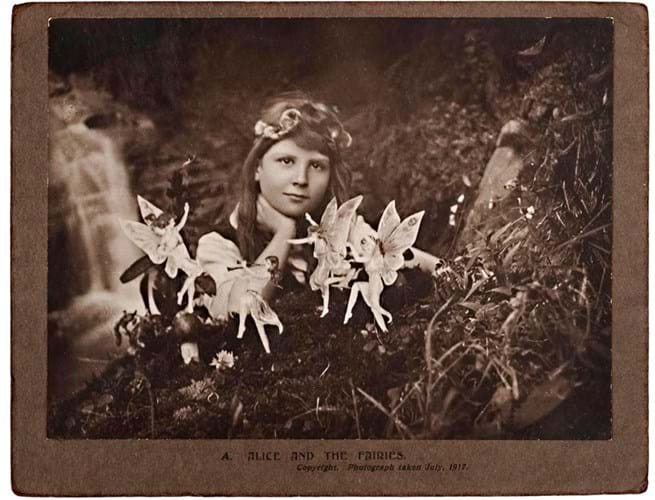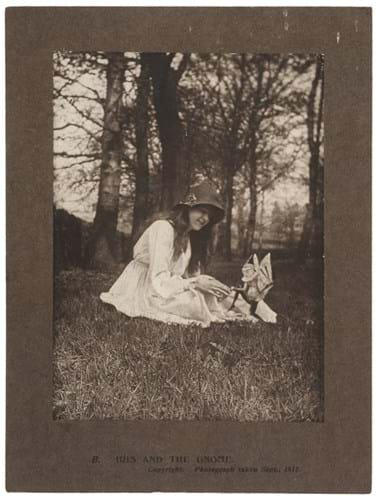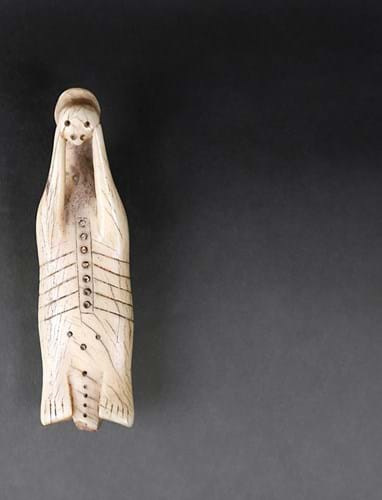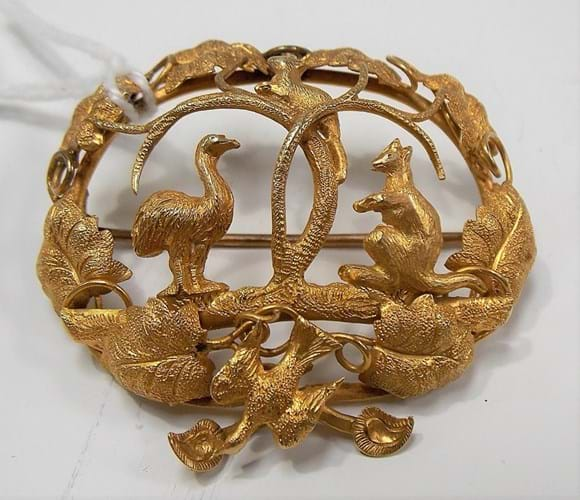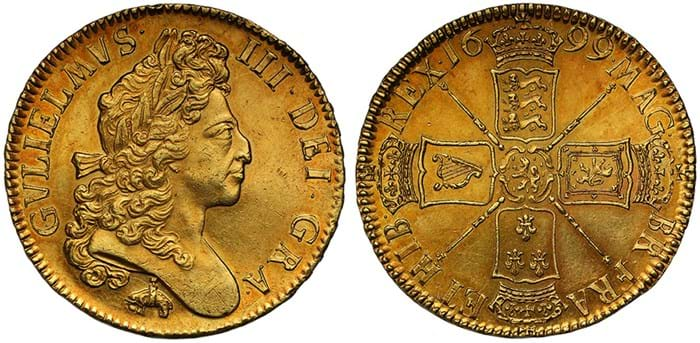1. Rare 18th century cricket bat
Leading the Sporting & Golfing Memorabilia sale at Mullock’s of Church Stretton, Shropshire, on September 30 was this rare 18th century cricket bat. The hammer price was £10,000 (plus 20% premium).
A left-handed bat measuring 3ft 2in (97cm), it bears the characteristics to one of the earliest-known bats displayed at The Oval and others depicted in well-known cricketing pictures, such as Francis Hayman’s The Game of Cricket as played in the Artillery Ground, London, 1743. This style of bat became obsolete when a third stump was introduced in 1780.
This example, with a large crack to the head and screws to the bottom of the shaft where a plaque was probably once attached, was purportedly rescued from Breaston Cricket Club in Derbyshire (1836), and had once been on display in the pavilion in the Soldier and Sailor Sports Ground. It was possibly made by the the firm of Aguila Clapshaw and Son, the family of batmakers who maintained a workshop in Turnham Green, west London, into the 19th century.
2. ‘Cottingley Fairies’ hoax photographs
Two photographs of the so-called ‘Cottingley Fairies’, the hoax that famously duped Arthur Conan Doyle, went under the hammer at Dominic Winter in Cirencester on October 4.
The sepia gelatin silver prints were taken in the village of Cottingley in West Yorkshire in July 1917 by Elsie Wright (1901-88) and her cousin Frances Griffiths (1907-86), using drawings secured in the ground with hat pins. The pair who planned the practical joke finally announced they had been faked in the 1980s.
Conan Doyle published five of the 6 x 4.5in (15 x 11cm) photographs in 1920, changing the names of the girls to protect their anonymity.
Two, with original mounts and printed captions, were offered by Dominic Winter, each guided at £700-1000. In fact, with multiple bidders, Alice and the Fairies, the first in the series of five, sold at £15,000 (plus 20% buyer’s premium). Iris and the Gnome, the second, took £5400.
At the time the latter – showing a 16-year-old Elsie in the garden with a dancing imp - provoked a bizarre public discussion. If studied closely, the point of a hat pin in the gnome's stomach - used to keep the cut-out standing upright - can be seen. Instead, Conan Doyle concluded that this pin point was a navel, sparking a serious discussion on methods of birth in the fairy kingdom.
3. A 19th century carving of a sea otter
Inuit marine ivory carvings benefit from a sensible exemption to otherwise restrictive US ivory laws. All carved and scrimshaw work by an Alaskan native is permitted to be bought and sold.
A fine example emerged at Woolley & Wallis in Salisbury on September 19: a 19th century carving of a sea otter lying on its back with its paws to its mouth. The type is associated with the Aleutian Islands.
In Notes on the Islands of the Unalashka District (1834), Ivan Veniaminov wrote: “Aleuts believing the sea otters to be transformed humans…they made every effort to decorate their baidarkas [kayaks], their kamleikas [gut parkas], and all spears as finely as possible, supposing that the sea otter, loving women’s handiwork, would come of his own accord to the hunter who is a dandy…”
Estimated at £1000-1500, the 3in (8cm) long amulet sold to a Belgian dealer at £7000 (plus 25% buyer’s premium). The auctioneers had sold another example for the same sum in 2014.
4. An Australian gold rush era brooch
An Australian gold rush era brooch c.1860 sold for an unpredicted £2800 (plus 15% buyer’s premium) at Truro auction house Lodge & Thomas on September 28. The buyer, paying a multiple of the £100-150 estimate, was an internet bidder.
The distinctive Antipodean jewellery of this period, pioneered in the early 1850s by the Sydney firm of Julius Hogarth and Conrad Erichsen - is among the first to depict the native flora and fauna and is of huge cultural significance to Australia and its mining heritage. Similar objects – can be found in many Australian institutional collections including the Powerhouse Museum, Sydney, and the National Library of Australia, Canberra.
This brooch, perhaps not the same quality as other examples that have appeared for sale (another by Hogarth and Erichsen made £14,000 at Chorley’s of Prinknash Abbey in 2016), depicted a typical display of a kangaroo, ostrich and possums.
5. William III five guinea coin
A succession of landmark prices were paid for British 17th century five guineas pieces when Mayfair coin dealership Sovereign Rarities conducted its first auction on September 25. Some of the scarcer issues made ten-fold or more the prices they had garnered earlier this century.
Among the rarest of all William III milled coins is the five guineas that includes, below a laureate bust, an elephant and castle motif - the badge of the African company that supplied gold bullion to make this coinage in 1699.
The very well-preserved example, last sold at Morton & Eden in December 2003 for £8000, was estimated at £35,000-45,000 but took a massive £155,000 (plus 20% premium).


